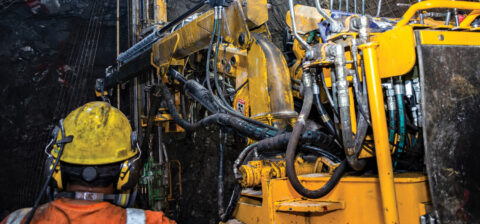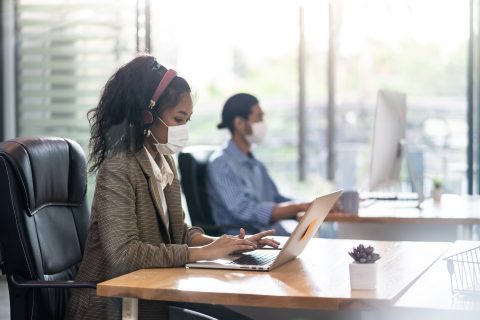Business Day Safety
The Post-COVID-19 Workplace
When the coronavirus hit our shores, a large proportion of the workforce was sent home to work remotely. And, it’s a trend that’s likely to continue.
“Working from home (WFH) requires you to find the right spot in your house, regulate your working hours, have access to resources, cope with household dynamics, and manage personal interactions with colleagues and staff,” says Ilse-Marie Iding, national OHS manager, Serr Synergy. “Many people are suffering from fatigue – one of the most common causes of work-related injuries and accidents reported over the past two months.”
The Occupational Health and Safety (OHS) Act places responsibility on the employer to ensure a safe and risk-free working environment for employees. It defines a workplace as any place where an employee can perform their duties as contractually required. So, WFH or travelling for work safely and free from harm is part of the employer’s responsibilities.
The implications are different according to each business, but Iding says three common recommendations are emerging:
- implementing a WFH policy defining the roles and responsibilities of the employer, manager and employee
- training the employee on the risks of working from home in an unsafe manner and discussing potential solutions
- providing the option to work from the office should the employee not be able to work safely from home.
Iding says additional considerations include reporting of an injury on duty while WFH, exposure to ergonomic risks, geographical location of employees, infrastructure available in specific locations, size and capacity of the house, apartment or other accommodation, and the number of people sharing premises.
“OHS practitioners have to be creative because the challenge is to find a balance between the employer’s duties and the employee’s responsibilities and what is reasonable and practicable,” says Iding.
Airports are open. But what about the virus?
With international travel finally on the cards again, South Africa’s airports have implemented several COVID-19-related public health requirements and regulations, which passengers and airline crew will need to follow.
“Passengers have become accustomed to and comfortable with the health and safety rules and processes, most of which have already become normalised across the country,” says a spokesperson for the Airports Company South Africa (ACSA).
“These include compulsory mask wearing, physical distancing and hand sanitising at dozens of stations across the airport. Physical distancing is enforced by airport employees acting as COVID-19 monitors and through the display of signage and floor decals.”
Meeters and greeters are not allowed into terminal buildings, a measure that prevents the clustering of people in a manner that is typical of airports under more normal circumstances.
All employees wear personal protective equipment when assisting passengers. Employees are screened when coming on and going off shift and are well-drilled in the rules and practices that keep them and the travelling public safe.
Passengers are encouraged to use online check-in to minimise touching of personal identity documents and to scan their boarding passes. Compulsory health questionnaires for passengers, along with screening by port health officials, are key aspects of the effort to prevent ill people from flying.






 Sign-up and receive the Business Media MAGS newsletter OR SA Mining newsletter straight to your inbox.
Sign-up and receive the Business Media MAGS newsletter OR SA Mining newsletter straight to your inbox.